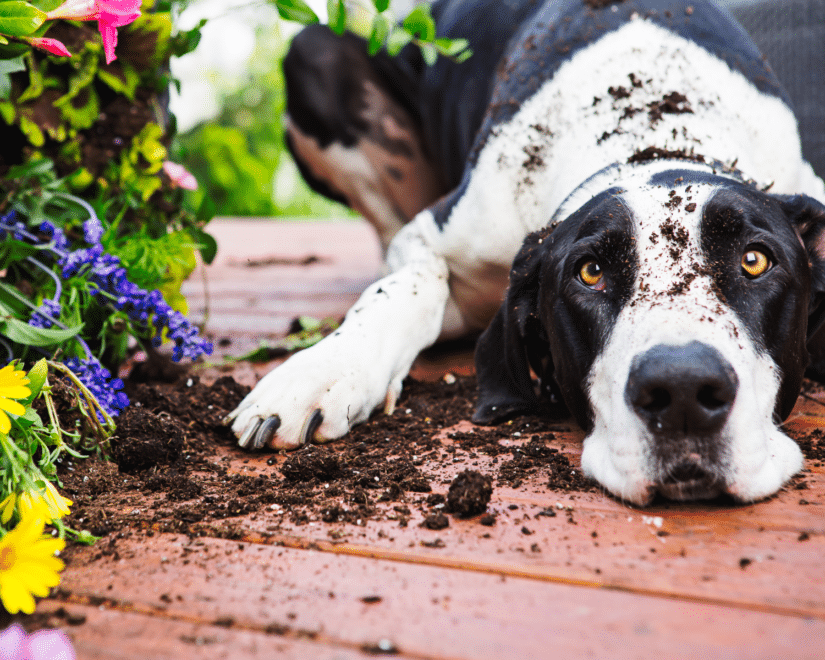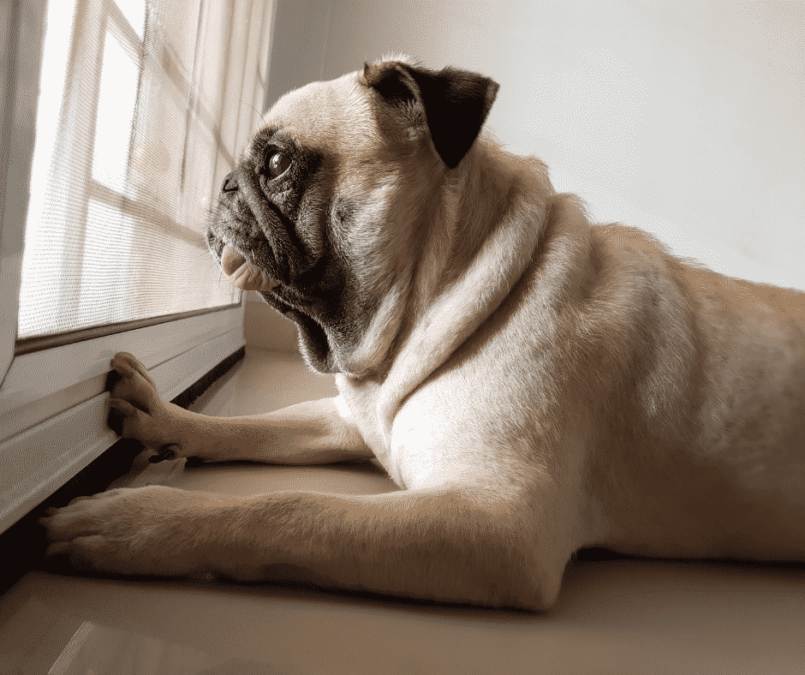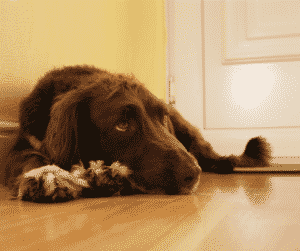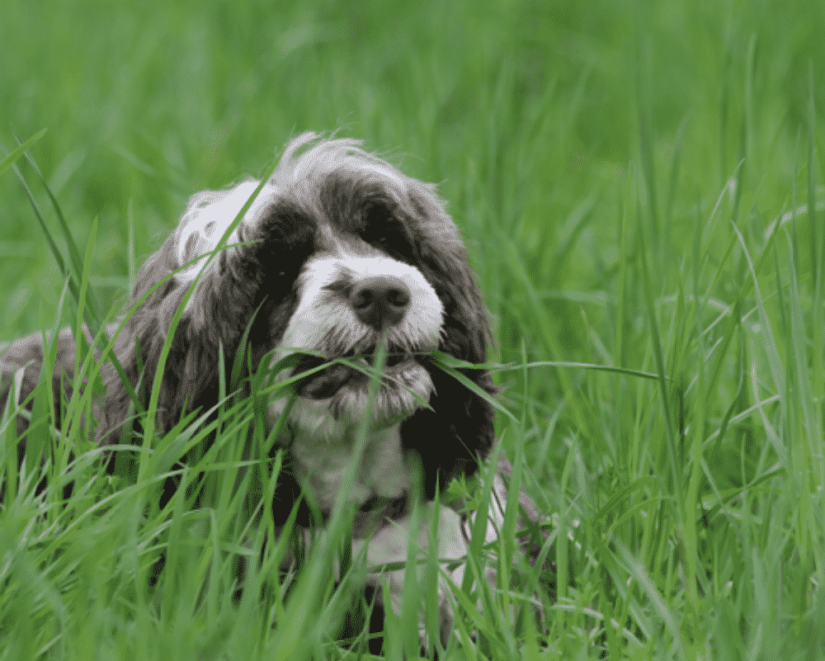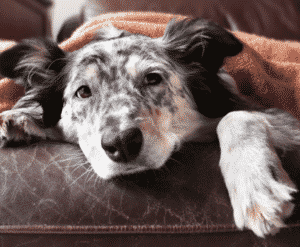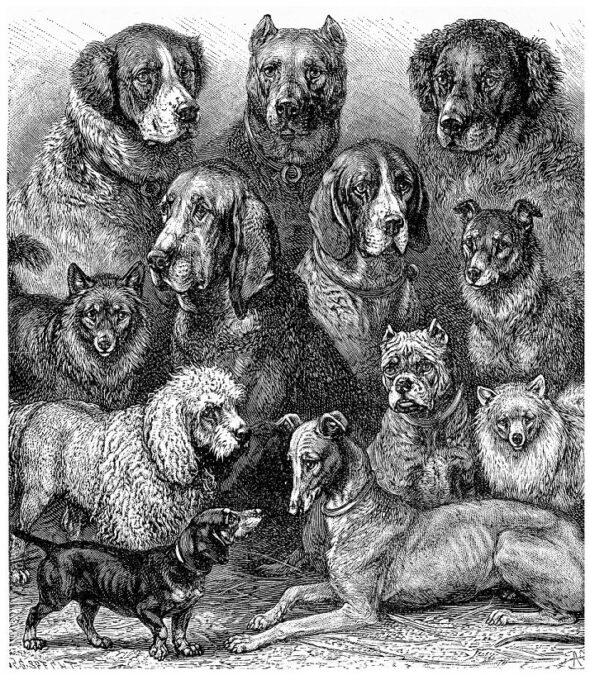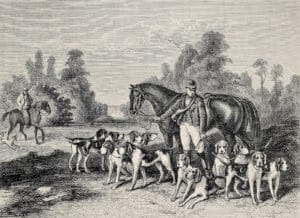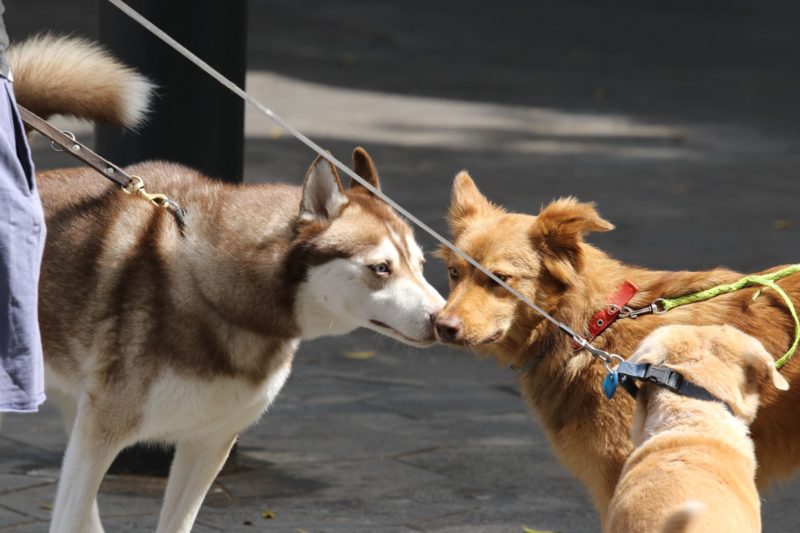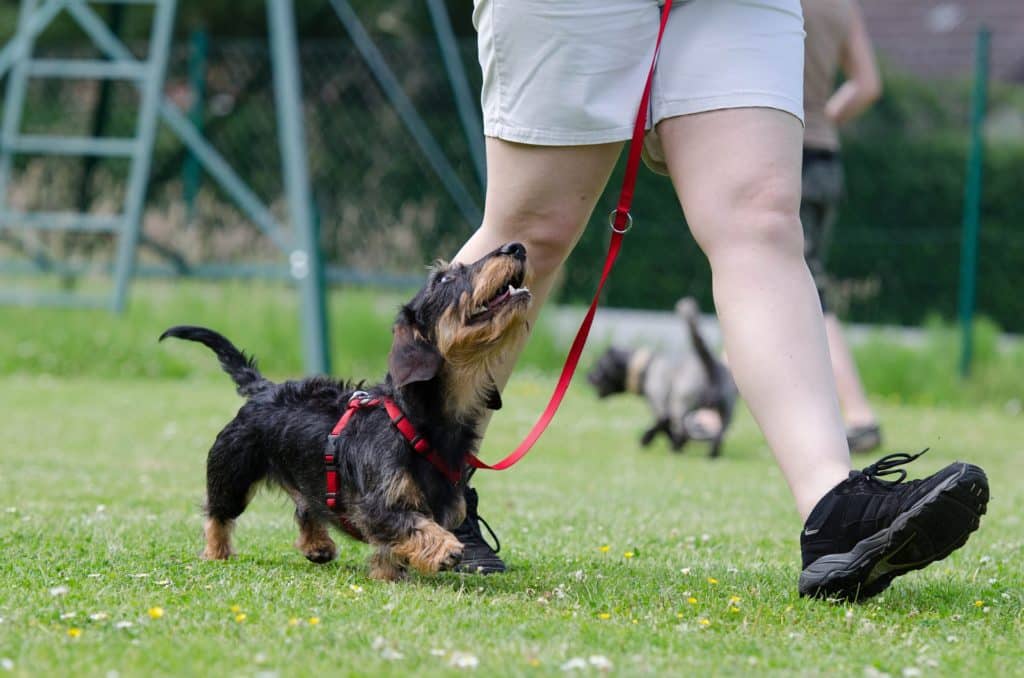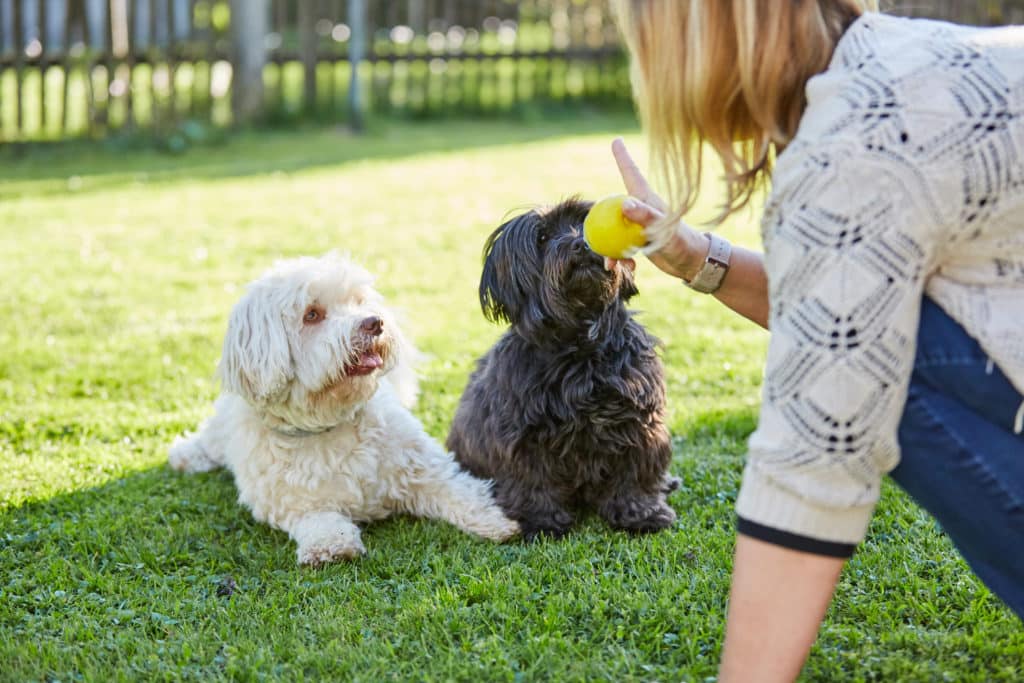We are so attached to our beloved canine companions, sharing everything from ice cream cones to our pillows it can be hard to remember that they aren’t just tiny humans. However, watch them welcome each other nose to rear at the dog park or keep busy digging a 4-foot hole in your flower bed. You’ll soon be reminded that some behaviors are specific to the canine species.
Many actions, such as greeting owners at the door carrying a soft toy, are endearing. Others, like digging, barking, counter-surfing or destructive chewing can be a nuisance. We need to understand the origin of these behaviors and how to channel all that furry cuteness into good!
Barking
Understanding Why Your Dog Barks
Dogs vocalize in many ways, from incessant barking to a soft whine. How they “speak” communicate everything from “I’m hurt and scared” to “don’t come in my house.” Hounds are particularly vocal; they were bred to hunt, chase, and keep prey in one place or “at bay” until the hunter arrived. When normal vocalizing behavior becomes an incessant habit, it can wake a sleeping baby, trigger a migraine, or even evict apartment dwellers. It’s important to unearth the cause and motivation for continued barking.
Remedies for Nuisance Barking
• Boredom can trigger nuisance barking; exercise and enrichment are critical to keeping dogs from developing this unwanted behavior.
• Don’t unintentionally reward barking by drawing attention to the undesirable vocalization. Even negative attention (yelling by you) is SOME attention, and dogs seeking human interaction hit the jackpot!
• Dogs triggered by the Amazon delivery person may also have their loud yapping reinforced. As the driver approaches the home, the dog barks, telling the human to “back off my property.” Guess what? The driver gets back in their truck and drives away! The barking worked! A better option is to close the blinds or crate your dog, so barking is never provoked.
Chewing
Understanding Normal vs. Destructive Chewing
Remember the pup who greeted us at the door with a squeaky plush toy? Cute, right? Some breeds, such as the Flat-Coated Retriever, were bred to carry downed game in their mouths. It also makes them desirable service dogs since they can carry a bag of groceries or retrieve a set of fallen keys.
Dogs have a normal and healthy desire to chew and explore things with their mouths, especially during teething. Crossing into the destructive chewing zone is a definite no-no.
Remedies for Destructive Chewing
• The line between encouraged behavior and undesirable behavior is pretty blurry for your pet! As in other unwanted behaviors, don’t set your dog up to fail by leaving precious items within reach.
• Offer many safe chew toys like Nylabones or Kongs stuffed with treats.
• Durable puzzle-type toys can be mentally stimulating if dogs can uncover hidden snacks or other plush toys inside; your dog must use all his senses to extract the treats or concealed squeakers.
Digging
Understanding Why Your Dog Digs
Some dog behaviors, such as digging, may have been bred into a species. For example, Rat Terriers have been genetically selected over the years to eradicate vermin with tenacity. Left to their own devices, they dig holes under fences, deep into fresh, perennial plantings, and just about anywhere else they can put their paws.
Remedies for Digging
• If your dog has a propensity for digging, provide opportunities to dig in appropriate zones and offer positive reinforcement when your pet complies.
• Some owners have plastic sandboxes full of dirt or sand with hidden bones, treats, or soft toy treasures that can be “found” when their pets dig in the right spot.
• Make sure they have plenty of mental and physical stimulation through hide and seek games, walks, and “sniffaris,” and digging options that won’t ruin your yard.
Counter Surfing
Understanding Why Your Dog Counter Surfs
Counter-surfing is one troublesome and unsafe behavior that can be difficult to reverse. Dogs of a certain height, or those with a high vertical jump, learn that yummy things live on kitchen counters and dining tables. How many of us have come home to a torn-up pizza box or cupcake wrappers strewn about the house? A dog’s keen sense of smell can lead them to trouble. In some cases, an upset stomach or even toxic ingestion of items not meant for canine consumption can result.
Remedies for Counter Surfing
• Keep all unattended food off the counter or inaccessible to your pet, and always feed them from their bowl.
• Train your dog to go to their place (a bed or crate) during mealtimes. This alternate behavior is incompatible with counter-surfing.
• Given enough positive reinforcement and eliminating temptation, your dog will eventually stop scouring the kitchen for food.
To remedy unwanted behavior, supervise your pet, offer training on alternate, acceptable behaviors, and reward them for doing the right thing. If the behaviors persist, ask your veterinarian for advice and consider the help of a professional trainer.
At Pet Butler, we want you and your pet to live your best and healthiest lives, which is why we offer pet waste removal and other services year-round. We offer weekly, bi-weekly, monthly and one-time clean-up services to work with your schedule and needs.
